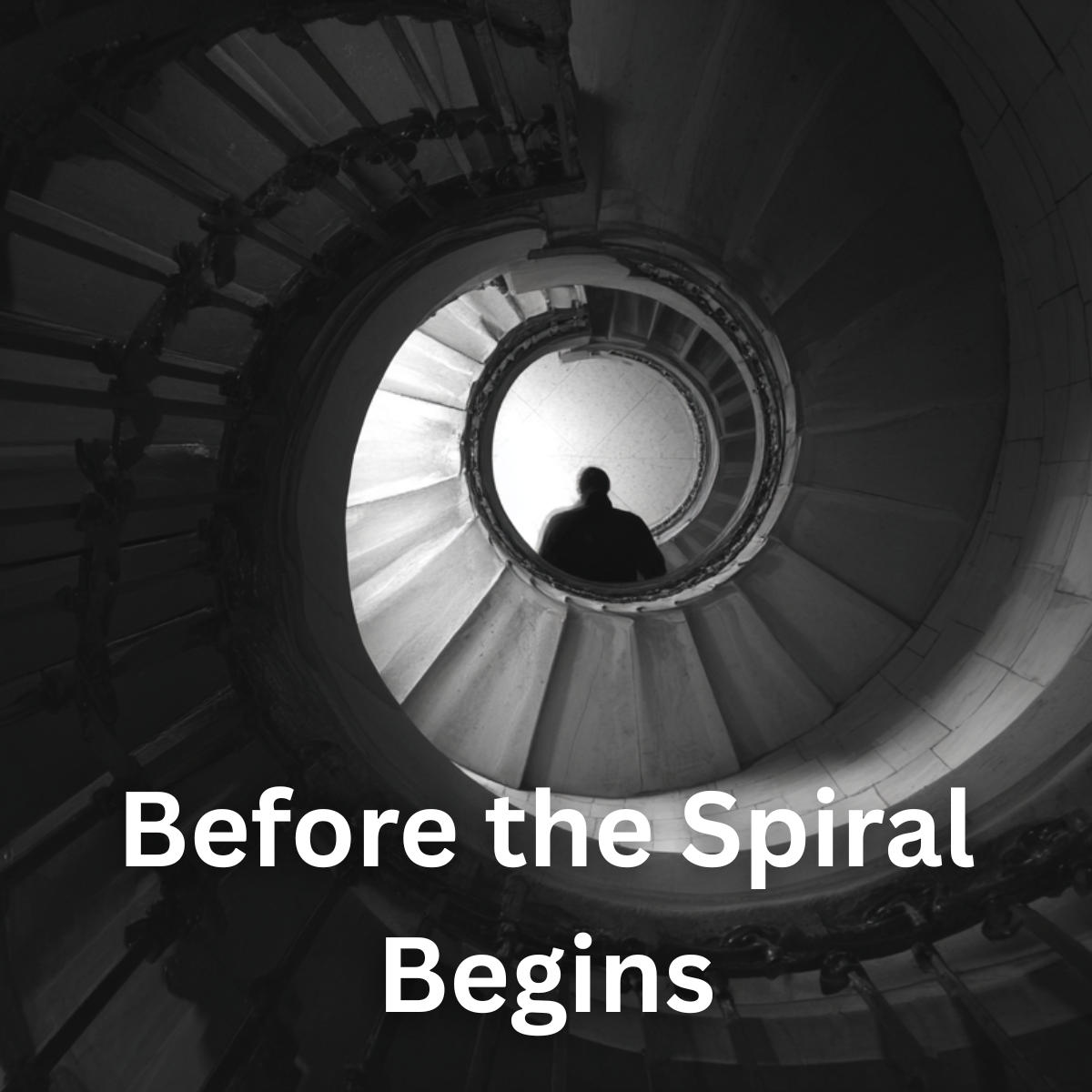Have you ever been so sure about something that you acted before pausing to question it? I have. And more often than I’d like to admit, it’s led me straight into frustration. One particular moment stands out—a lesson in slowing down that changed how I approach challenges forever.
Our team was struggling. We weren’t closing enough of the proposals we sent to customers. The problem seemed clear to me: pricing. I had this narrative in my head that we were losing business because our rates were too high. It felt so obvious. My gut reaction was to adjust pricing and push forward. Thankfully, I resisted that urge. Instead, we gathered the team and decided to use the fishbone diagram to explore the problem thoroughly.
What happened next surprised me.
Discovering the Whole Story
We started with a simple question: Why aren’t we closing proposals? Pricing, as it turns out, was part of the issue—but only part. As we mapped out the causes on the diagram, other factors came into focus. The quality of our first engagements with clients wasn’t consistent. Sometimes, we were so eager to win the business that we skipped over truly understanding their needs. And our proposals? They lacked the customization that would make a client feel like we were solving their specific problem.
These weren’t things I would have noticed on my own. They came from my team—people with perspectives I hadn’t considered. The process was humbling, but it was also liberating. By slowing down and allowing space for input, I realized how much more complex the problem was than I’d assumed.
The Temptation to Move Fast
I get it. When we’re faced with a problem, there’s pressure to act. It’s uncomfortable to sit with uncertainty, to admit you might not have the full picture. Moving fast feels like progress, even if it’s misguided. But here’s the thing: rushing often means solving the wrong problem or creating new ones.
I’ve seen teams pour weeks into solutions that didn’t stick because they didn’t take the time to understand what they were up against. I’ve been on those teams. It’s frustrating and disheartening, and it eats away at trust and morale.
The Gift of Slowing Down
The fishbone diagram was a gift because it forced me to slow down and approach the problem methodically. It demanded clarity and collaboration, two things that aren’t always easy when you’re in a hurry. By pausing, we not only solved the proposal issue but also strengthened our team’s dynamic. Everyone felt heard. Everyone understood the problem. And together, we created solutions that worked.
We improved our client engagements, tailoring each interaction to their unique needs. We revised our proposals to make them specific and meaningful. Yes, we tweaked pricing—but only after addressing the deeper issues that were undermining our efforts.
The result? A measurable improvement in our close rates and a team more confident in our process.
Choosing the Harder Path
Slowing down isn’t easy. It requires patience and humility. It means letting go of the idea that you know everything and embracing the power of “I don’t know yet.” But when you do, something remarkable happens: you stop spinning your wheels. You focus on what matters. You solve the real problem, not just the one that’s easiest to see.
If you’re facing a challenge today, I encourage you to resist the urge to rush. Use a tool like the fishbone diagram, or simply gather your team and start asking questions. Be curious. Be deliberate. The time you invest now will save you frustration later—and might just lead you to a solution that’s better than you ever imagined.
Because sometimes, slowing down is the fastest way to succeed.




